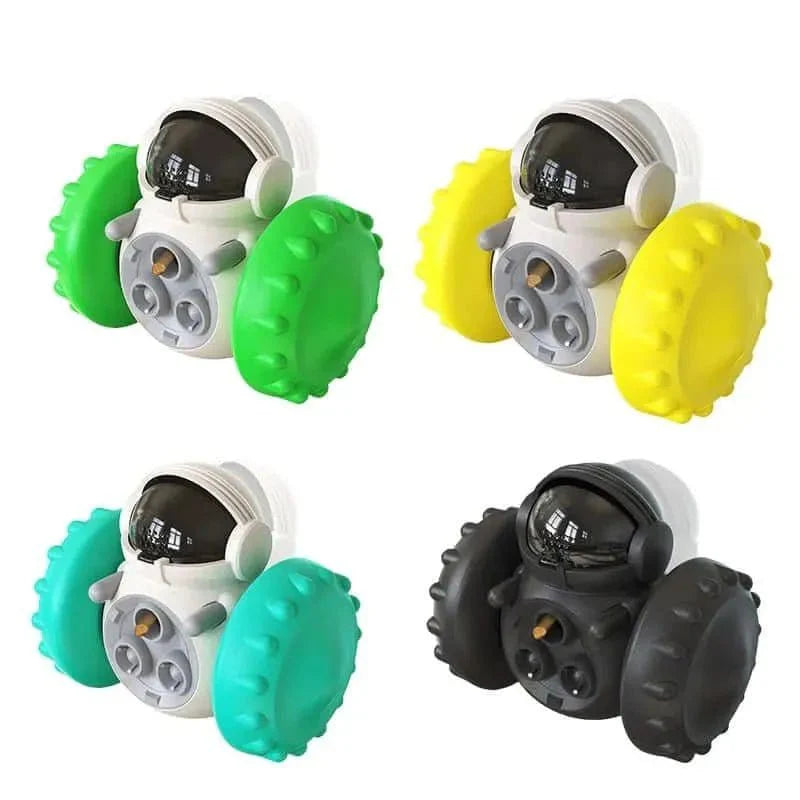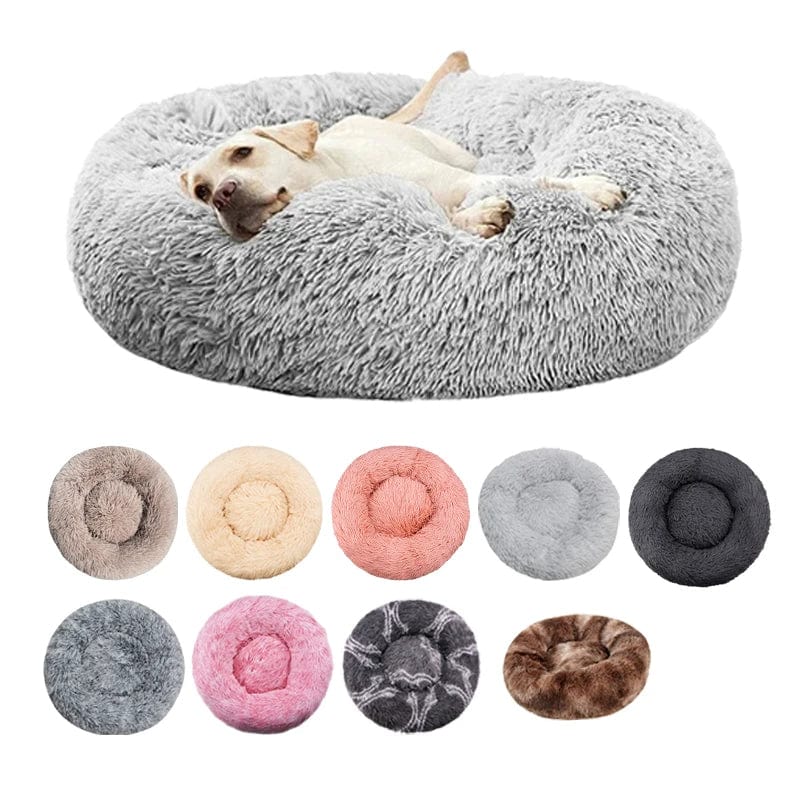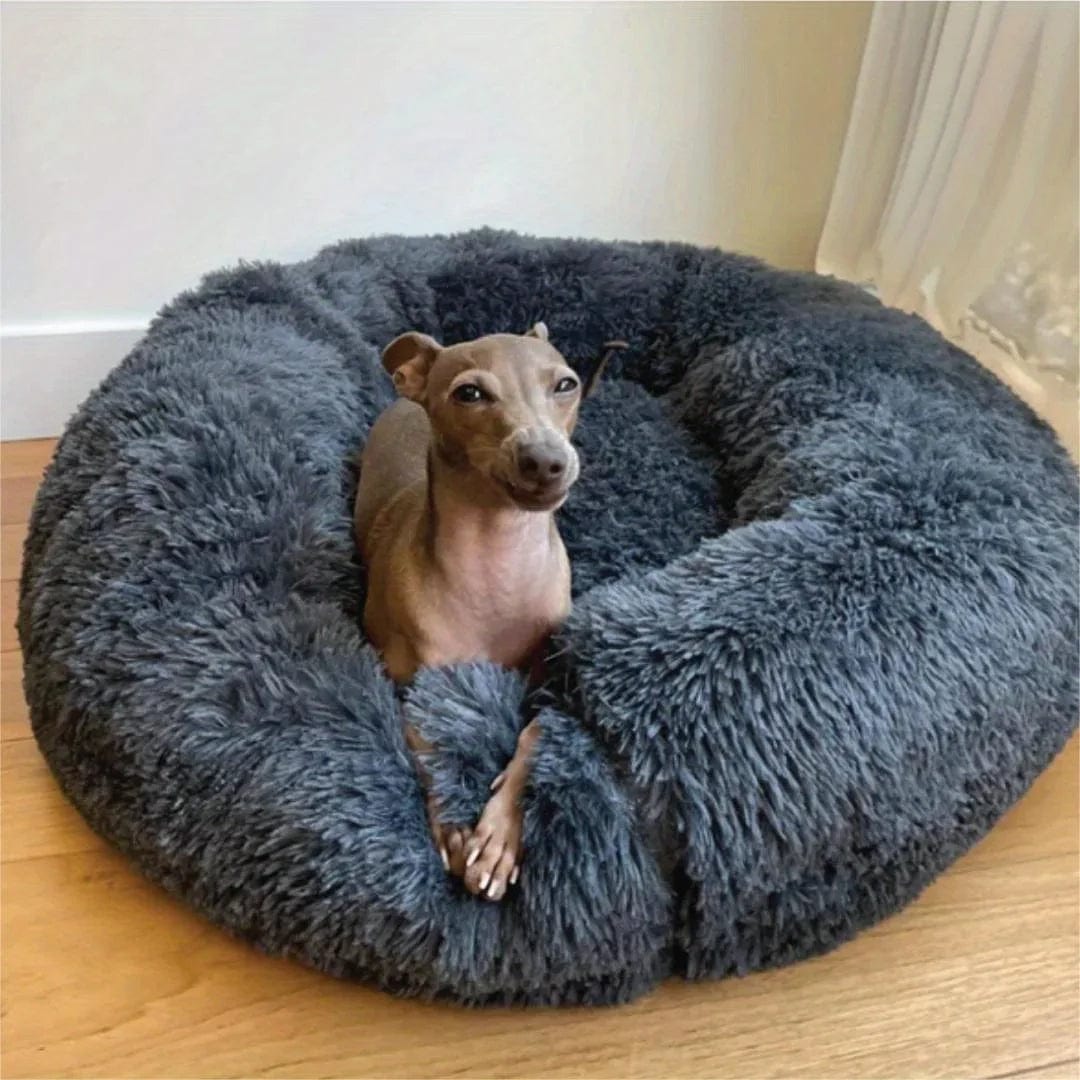Frequently Asked Questions
1. What are slow feeding toys?
2. What are the benefits of using slow feeding toys for dogs?
3. How do slow feeding toys work?
4. What should I consider when choosing a slow feeding toy for my dog?
5. How can I introduce slow feeding toys to my dog?
As pet owners, we always strive to keep our furry friends healthy and happy. With the rise in popularity of slow feeding toys, it’s crucial to dive deep into the science that supports their use. These innovative toys provide not only a valuable feeding tool but also promote mental stimulation and physical activity. In this blog post, we will explore the science behind slow feeding toys, their benefits, and why they should be an essential part of your dog's routine.
Understanding Slow Feeding Toys
Slow feeding toys are designed to make dogs work for their food, thus changing the way they consume meals or treats. Unlike traditional bowls that allow for quick ingestion, slow feeders encourage a slower pace. The mechanics behind these toys often involve hidden compartments, movable parts, or textured surfaces to keep your dog engaged. This leads to a variety of behavioral and health benefits.
The Science of Slow Feeding
How Slow Feeding Works
The fundamental principle of slow feeding toys is that they engage a dog’s natural instincts. Dogs are scavengers by nature, and the act of hunting for food is ingrained in their behavior. By using slow feeding toys, you're mimicking this instinctive behavior. Dogs must use their senses and cognitive skills to extract food, which stimulates mental activity.
Physiological Benefits of Slow Feeding
Eating too quickly can lead to various health issues in dogs, including:
- Obesity: Rapid eating can result in overconsumption as dogs don't have enough time to recognize when they're full.
- Bloating: Fast ingestion can cause excessive air to enter the stomach, leading to gastric dilation-volvulus (GDV), a potentially life-threatening condition.
- Digestive Upset: Consumption of food too rapidly can interfere with normal digestion processes.
Incorporating slow feeding toys can mitigate these risks. By slowing down the eating process, dogs are encouraged to take their time, chew their food, and process what they are consuming more effectively.
Behavioral Advantages
Reduced Anxiety and Boredom
Many dogs experience anxiety or boredom, especially when left alone for extended periods. Slow feeding toys can serve as a source of entertainment. They challenge dogs to think critically and keep their minds occupied. Engaging brain activity can reduce anxiety levels, making your pet feel more relaxed.
Improved Training Opportunities
Using slow feeding toys can also benefit training sessions. Dogs thrive on routine and predictable outcomes. Using these toys can introduce new skills, such as problem-solving and patience. By pairing treats with slow feeding toys during training, dogs can link positive experiences with specific behaviors.
Why Choose Slow Feeding Toys?
Encouraging Healthy Eating Habits
One of the main reasons to incorporate slow feeding toys into your dog's feeding routine is to encourage healthy eating habits. Dogs that eat at a slower pace are less likely to overeat and, as a result, maintain a healthier weight. Slowing down the eating process aids digestion, providing better nutrient absorption.
Promoting Dental Health
Another fascinating benefit of slow feeding toys lies in promoting dental health. Many of these toys are designed with uneven surfaces that can help scrape away plaque as your dog gnaws on them. Engaging with these toys can help improve oral hygiene, reducing the need for more invasive dental care.
The Right Slow Feeding Toy for Your Dog
Choosing the right slow feeding toy is vital to reaping all the benefits we’ve discussed. Here are some factors to consider when selecting a toy:
- Size: Ensure that the toy is appropriate for your dog's size. Too small, and your dog may swallow it; too large, and it may be difficult for them to manipulate.
- Complexity: Start with simpler toys that fit your dog's skill level. Gradually introduce more complex options as your dog becomes accustomed to slow feeding.
- Material: Opt for durable and safe materials that withstand your dog's chewing habits. Look for non-toxic options that are easy to clean.
Tips for Introducing Slow Feeding Toys
Transitioning your dog to slow feeding toys can be an enjoyable experience. Here are some tips to make the process smoother:
- Start Slow: Introduce the toy during mealtime but don’t fully switch to it right away. Allow your dog time to understand that this is their new eating environment.
- Use Their Favorite Treats: Fill the toy with your dog's favorite treats or kibble. This incentive will encourage them to explore the new feeding method.
- Be Patient: Some dogs may take longer to adapt than others. Monitor their progress and encourage them during each feeding session.
Slow Feeding Toys for Every Dog
It’s important to understand that not all slow feeding toys will suit every dog. The wide variety available today means that you can find the perfect fit for your four-legged friend, regardless of their size, age, or chewing habits.
For example, older dogs might prefer softer textures that are easier on their gums, while younger, more energetic dogs may thrive with tougher, more challenging toys. Take the time to observe your pet's preferences, as this will guide you in selecting the best option.
Engaging with the Community
There’s a growing community of pet owners who advocate for slow feeding practices. Joining social media groups or forums can provide you with a wealth of information, tips, and experiences shared by other pet enthusiasts. Engaging with this community can add value to your learning and allow you to discover new products and techniques to enhance your dog’s feeding habits.
The Future of Feeding
As our understanding of canine health continues to expand, innovative feeding solutions like slow feeding toys will likely become even more prominent in pet care. With an increasing focus on encouraging natural behaviors and promoting mental stimulation, the benefits of slow feeding methodologies cannot be overstated.
Join the Slow Feeding Revolution
Incorporating slow feeding toys into your dog's life may have a significant positive impact on their overall well-being. From improving digestion to reducing anxiety, the science behind these toys is compelling. If you’re looking to enhance your pet's feeding experience while ensuring they remain healthy and engaged, now is the time to explore the benefits of slow feeding toys.
Let this be the moment you embark on a journey toward transforming your dog's feeding habits, making every meal an enriching and enjoyable experience. Your furry friend deserves it!



